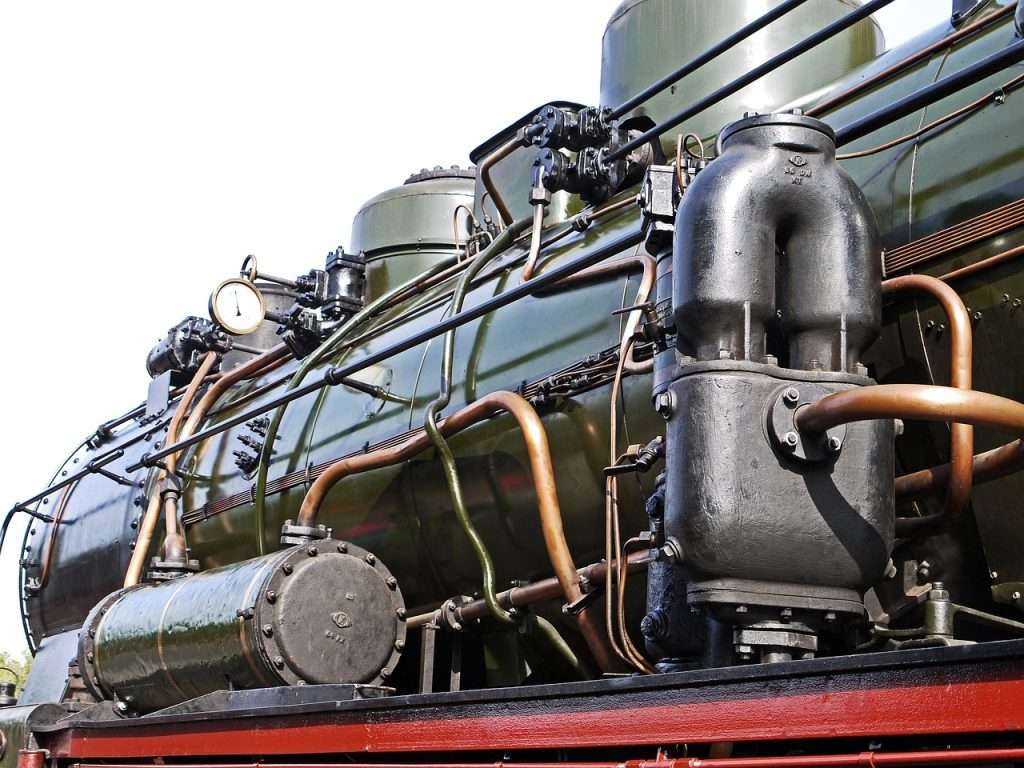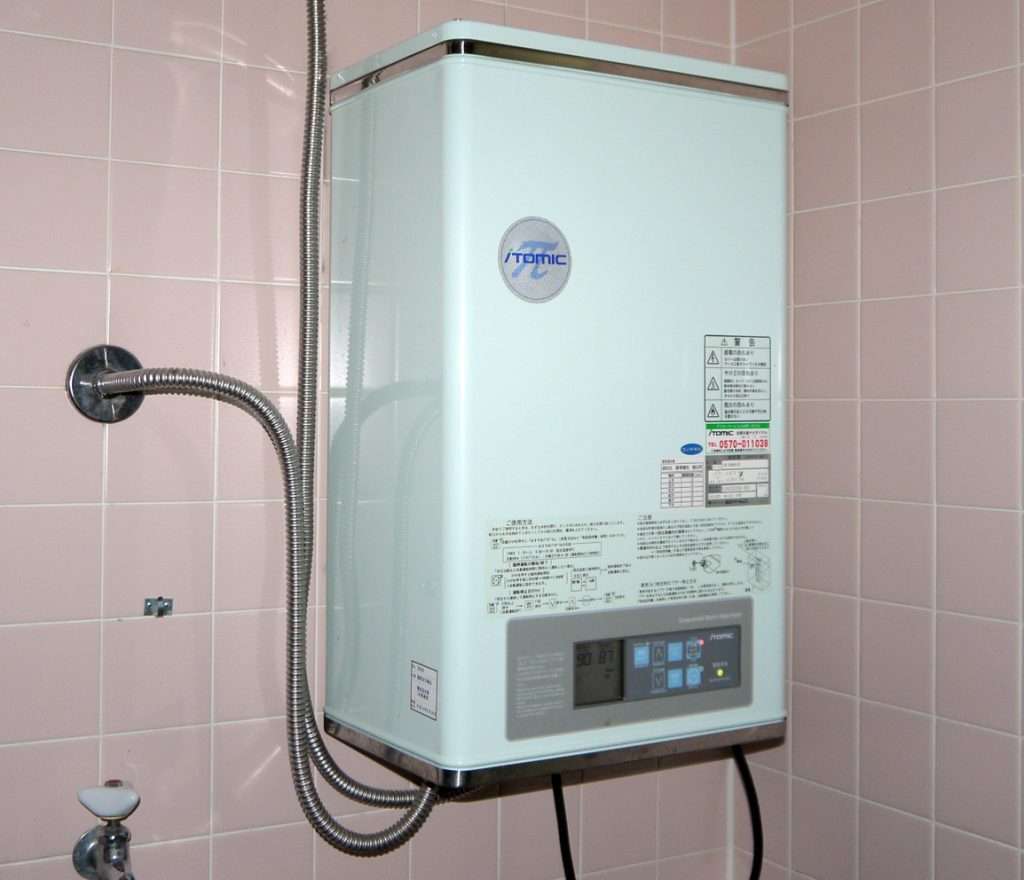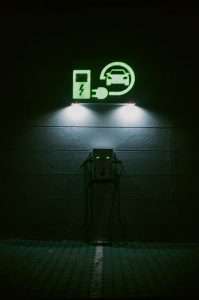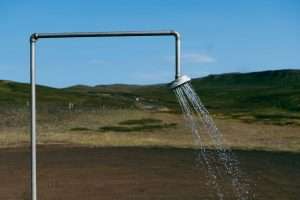As a homeowner, having hot water readily available is essential for daily tasks like showering, washing dishes, and cooking. But what do you know about the appliance responsible for providing this comfort? This article delves into everything you need to know about water heaters, from their basic design and different types to their benefits and drawbacks.
Understanding the Inner Workings of a Water Heater
A typical water heater consists of:
- Tank: Holds 40-60 gallons of hot water
- Dip tube: Feeds cold water to the bottom of the tank
- Heating mechanism: Heats the water using electricity, burner oil, natural gas, solar, or geothermal energy
- Thermostat: Controls the water temperature
Depending on your chosen energy source, these components work together to provide hot water for your home. Understanding how these elements function within your specific water heater type empowers you to make informed decisions about maintenance and repairs when necessary.
Key Takeaways
- Water heaters come in various styles and use different energy sources, including tankless, electric, gas, solar, and geothermal.
- Tank-style water heaters have a simple design with a drum filled with water and a heating mechanism, while tankless heaters create hot water on demand and use less energy.
- Regular maintenance is crucial for optimal performance, and different heaters have varying lifespans and performance factors to consider.
- Homeowners can install water heaters with proper inspection, and options like tankless heaters are gaining popularity due to their small size, energy savings, and long lifespan.
Inside a Water Heater
The typical anatomy of a water heater is surprisingly simple:
- Drum: Filled with around 40-60 gallons of water
- Heating mechanism: Located at the bottom and powered by electricity, burner oil, or natural gas, it transfers heat to the water.
- Thermostat: Allows you to set the desired hot water temperature.
- Dip tube: Feeds cold water from your home’s plumbing system into the bottom of the tank for heating.
Understanding these key components helps you better grasp how your water heater works and make informed decisions about maintenance and repairs to ensure a smooth flow of hot water.
Heating Mechanism

The heating mechanism plays a crucial role in raising the water temperature inside the heater. The two main types are:
- Heating elements: Used in electric water heaters, they have a slower heating time but lower operating costs than gas-powered options.
- Gas burners: Used in gas-powered water heaters, they offer faster recovery times and cater to larger households with higher hot water demands.
Efficiency considerations:
- Electric heaters: Slower heating but lower operating costs.
- Gas-powered heaters: Faster recovery times, suitable for larger households.
Regardless of the type you choose, regular maintenance is essential for optimal performance. For electric heaters, check the heating element annually and replace it if needed. For gas-powered heaters, clean the burner and chimney regularly to prevent performance issues.
Tankless Options
Tankless water heaters provide a more efficient solution for households seeking to save on operating costs due to their ability to heat water on demand and avoid standby energy losses.
Key benefits:
- Continuous hot water: No waiting for a tank to refill.
- Space-saving: Compact size compared to traditional water heaters.
- Energy efficiency: Avoids standby energy losses, leading to lower energy costs.
Applications:
- Remote bathrooms or hot tubs
- Booster for appliances like dishwashers or clothes washers
- Booster for solar water heating systems
Considerations:
- Higher upfront cost: Compared to traditional storage heaters.
- Limited flow rate: Smaller units may struggle with simultaneous hot water usage in multiple locations.
- Compatibility issues: Older homes may require extensive retrofitting.
- Maintenance requirements: Regular cleaning and flushing are necessary.
Despite these drawbacks, many homeowners find that the energy savings and long lifespan make tankless water heaters a worthwhile investment in the long run.
Tankless Disadvantages (What is the Downside)
While efficient and cost-saving in the long run, tankless options have some drawbacks to consider before making the investment:
| Drawback | Explanation | Additional Considerations |
|---|---|---|
| Higher Upfront Cost | Tankless options typically have a higher initial cost than traditional tanks, including the unit itself, installation labor, and potentially new fuel lines or water softeners. | The price difference can vary depending on the size and features of the unit, complexity of installation, and need for additional equipment. |
| Limited Flow Rate | Smaller tankless units may not be able to keep up with the demand for simultaneous hot water usage in multiple locations, like running a shower and dishwasher at the same time. | Consider the size of your household and typical hot water usage patterns to choose a unit with sufficient flow rate. |
| Compatibility Issues | Older homes with inadequate plumbing or venting systems may require extensive retrofitting to accommodate a tankless system, adding to the overall cost and complexity. | Consult a qualified plumber to assess your home’s suitability for a tankless installation. |
| Maintenance Requirements | Unlike traditional tanks that require occasional draining and sediment flushing, tankless units need regular cleaning and flushing to prevent mineral buildup and maintain efficiency. This often requires professional service, adding to the ongoing maintenance costs. | Factor in the cost and frequency of professional maintenance when evaluating the overall affordability of a tankless system. |
Additional Drawbacks:
- Temperature Fluctuations: If the demand for hot water exceeds the unit’s capacity, you may experience fluctuations in water temperature.
- Power Dependence: Electric tankless heaters rely on electricity, and outages can disrupt hot water availability. Consider backup options like generators if this is a concern.
- Not ideal for cold climates: In very cold regions, the initial heating process can take longer and require additional energy use.
Electric vs Gas (Are electric water heaters good?)

Electric water heaters may surprise you with their efficiency and affordability, making them a viable option for environmentally conscious homeowners on a budget. While electric heaters may have a slower heating time and higher operating costs compared to gas heaters, they make up for it in energy savings and ease of use. Electric heaters do not emit harmful gases like carbon monoxide, making them safer to use indoors.
Here’s a table comparing the key differences between electric and gas water heaters:
| Feature | Electric Heater | Gas Heater |
|---|---|---|
| Cost | Lower upfront cost, higher operating cost | Higher upfront cost, lower operating cost |
| Maintenance Requirements | Minimal maintenance required | Regular maintenance needed (e.g., cleaning burner) |
| Safety Considerations | No emissions or risk of carbon monoxide poisoning | Risk of carbon monoxide poisoning if not properly vented |
Installation Tips (Can a homeowner install a water heater)
Now that you know the differences between electric and gas water heaters, it’s time to consider installation. Can you tackle it yourself? While possible, proceed with caution.
DIY installation:
- Saves money on labor costs.
- Requires knowledge and skills.
- Check local codes and regulations for permit requirements.
Tips for successful DIY installation:
- Turn off all power sources before working on the unit.
- Drain the old tank entirely before removing it.
- Follow the manufacturer’s instructions or professional guidance for proper installation.
- Use proper tools and materials to avoid leaks and mistakes.
- Schedule an inspection after finishing the job to ensure safety compliance.
Comparing Tank vs Tankless (Which is Better?)
When choosing between a tankless and storage tank water heater, consider the benefits and drawbacks of each:
Tankless heaters:
- More energy-efficient than storage tank models.
- Last over 20 years compared to 10-15 years for traditional heaters.
- Save money over time on utility bills and space in your home.
Drawbacks:
- Higher upfront installation costs.
- May struggle with multiple simultaneous hot water demands.
Storage tank heaters:
- Lower initial cost than tankless options.
- Simpler operation and potentially less expensive maintenance.
- Support up to three showers in a row.
- Affordable for those on a fixed income.
Drawbacks:
- Use almost 50% less energy than electric models if fueled with natural gas, but have an environmental impact due to heating and reheating water.
- Occupy more space than on-demand heaters.
- Cannot be outside the home.
- Need replacement every 10-15 years.
- Increase utility bills over time.
Ultimately, compare their efficiency, environmental impact, maintenance needs, and upfront costs to determine the best fit for your home.
Further Reading
Frequently Asked Questions
How does water pressure affect performance?
Water pressure directly impacts performance. Low pressure causes slow heating, while high pressure can damage the tank or valves. Regulate pressure for optimal performance and longevity.
What is a sacrificial anode rod, and why is it important?
These rods (cathodic protection) prevent rust and extend the heater’s lifespan. Replace them every few years for optimal performance.
What energy sources power water heaters?
Options include solar, gas, electric, and biomass. Solar heaters use roof pipes to collect heat, while gas and electric heaters have faster recovery times than biomass-powered ones.
Are there tax credits for Energy Star-certified heaters?
Yes, you can receive tax credits for purchasing an Energy Star-certified water heater, promoting energy efficiency, cost savings, and environmental impact reduction.
How often should preventative maintenance be performed on a tank-style heater?
Perform preventative maintenance annually to optimize performance. Common issues include leaks, rust, and sediment buildup. Signs include strange noises or insufficient hot water. Professional or DIY maintenance is possible.





